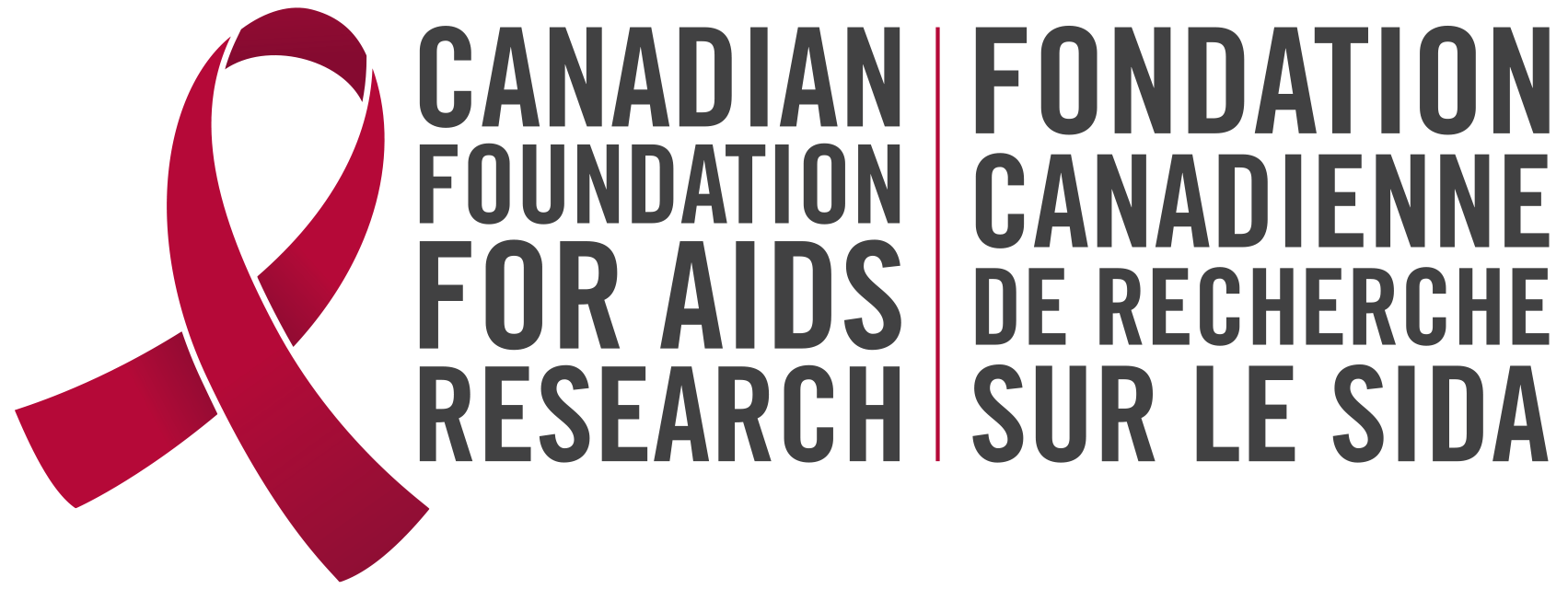We spoke to notisha massaquoi, assistant professor at the university of toronto, department of health & society, and CANFAR board member, about the importance of cultural care for african, caribbean and black women.
Notisha Massaquoi’s impact on HIV care best practices can be felt in projects like Women’s Health in Women’s Hands, The Black Health Equity Lab, and the AYA Circle of Care at the TAIBU Community Health Centre.
Here are five key takeaways for World AIDS Day from our conversation with Notisha…
“Women’s Health in Women’s Hands Community Health Centre is the only community health centre in North America that provides specialized primary health care for Black and racialized women. I had the pleasure of being a part of developing and creating that organization, developing the programs, all the health services for the organization. And I served as the Executive Director for 22 years of the organization’s history. I’m very proud to be a part of creating something that is very unique. I’m not happy that it’s the only community health centre specifically for Black and racialized women, but we’re very proud of the work that that we do. The centre also has the largest women’s HIV program in the country as well.”
“The Black Health Equity Lab is a social science research lab that’s located at the University of Toronto. I’m the founder and director, and I created the lab specifically to look at the health disparities Black communities were experiencing in the health care system in Canada. And I wanted a lab that didn’t just address or tell us what those problems were; I wanted a lab that was doing research to work with community so that we could develop solutions and develop programs, services, and the tools that service providers would need to provide culturally and racially appropriate health care for Black communities.”
“In 2001, Women’s Health In Women’s Hands, myself and Esther Tharao did the first research study that looked at Black women and HIV in Canada. And from that point in time, we understood what the unique needs were and began advocating for more resources to be dedicated to women living with with HIV from the African, Caribbean and Black community. But because of the delay in getting those resources, what ended up happening is the rates of HIV for those populations kept increasing.”
“We understand what HIV stigma looks like as a whole. But we also have to look at what it looks like for very specific racialized populations who are already stigmatized in society because of their race; and now doubly stigmatized because of living with HIV. And so the kinds of things that you would need to provide support to allow people to disclose their status safely, to allow people to not be excluded from particular spaces because of living with HIV, it becomes very complex.”
“The lack of culturally appropriate HIV care perpetuates the rates of HIV that we’re seeing, particularly with the African, Caribbean and Black community. If I don’t trust the health care system, if I don’t trust my provider, if my provider doesn’t understand some of the cultural needs that I have, if my provider is someone who possibly may be even engaging in racist behaviour; or if I don’t see people who look like me, people who sound like me, people who speak the same language as me in the service – it’s going to be very difficult for me to continually go there for care if I’m not actually being cared for as a whole person.”
